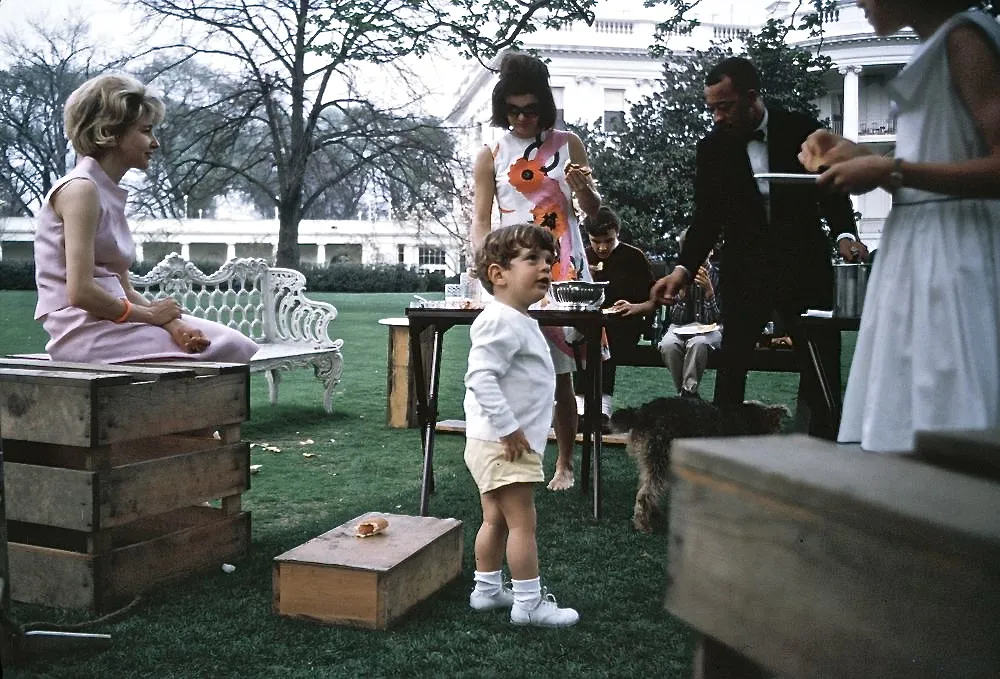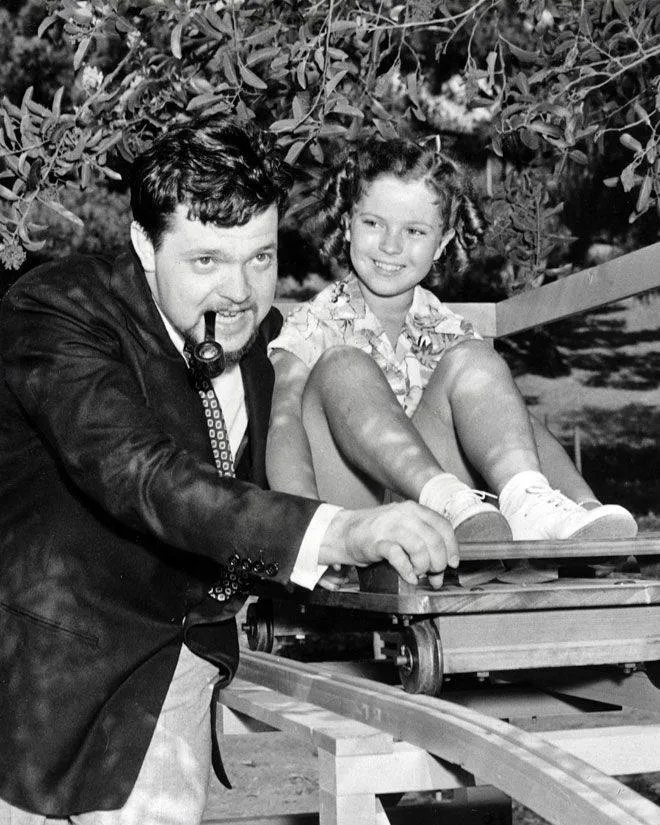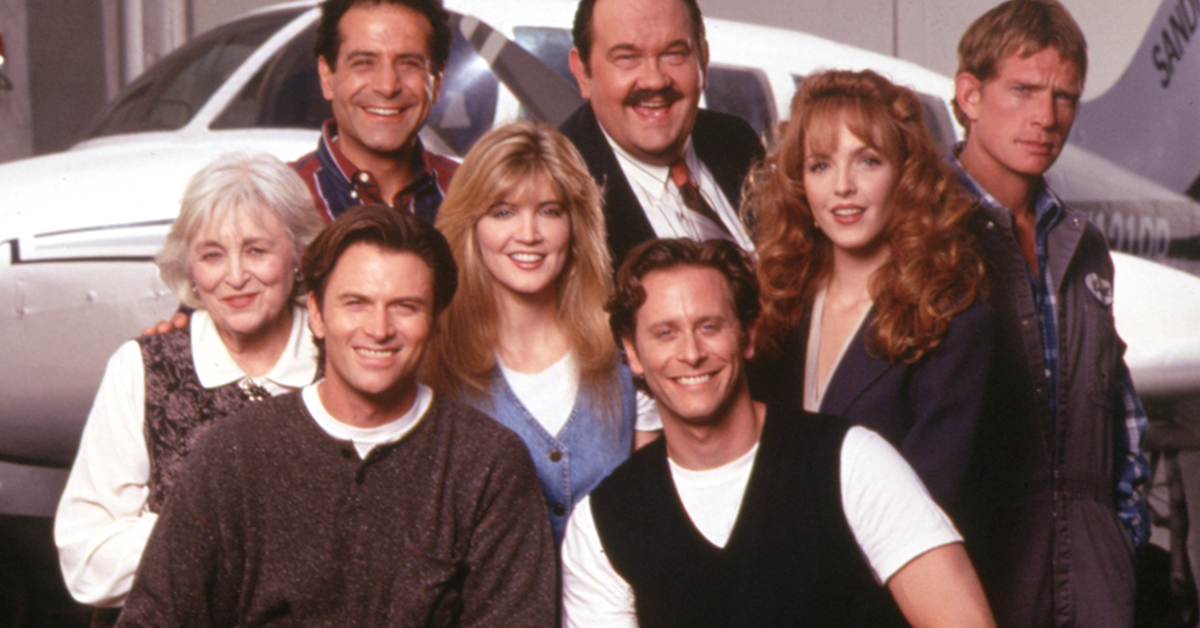"American Graffiti," released in 1973, stands as a timeless classic that captivated audiences with its nostalgia-laden portrayal of a bygone era. Directed by George Lucas and co-written by Lucas and Gloria Katz, the film is a coming-of-age story that masterfully captures the essence of American youth culture in the early 1960s. This article explores the significance of "American Graffiti" in cinema history, its impact on popular culture, the development of its characters, and the broader themes it delves into.

Setting the Scene: The 1962 American Landscape

The film takes place in Modesto, California, during a single night in the summer of 1962. This time frame was strategically chosen by George Lucas to encapsulate the spirit of an era that was on the brink of a cultural revolution. The film's setting serves as a backdrop that enables the audience to step into a world of drive-ins, rock 'n' roll music, and the search for identity in the last moments of an innocent, pre-Vietnam War America.
The Film's Unique Structure

One of the distinctive aspects of "American Graffiti" is its narrative structure. Rather than following a linear storyline, the film weaves together multiple character arcs that intersect and diverge throughout the night. This episodic structure lends a sense of authenticity to the film, reflecting the chaotic, unpredictable nature of life itself. In this section, we'll delve into the various characters and their individual journeys.
Curt Henderson (Richard Dreyfuss)

Curt is a high school graduate filled with uncertainty about his future. He is reluctant to leave for college in the morning and spends the night wrestling with the decision. As Curt meanders through the town's streets, he crosses paths with an enigmatic blonde woman driving a white Thunderbird. This chance encounter prompts Curt to confront his own insecurities and take a leap of faith.
Steve Bolander (Ron Howard) and Laurie Henderson (Cindy Williams)

Steve and Laurie are a couple dealing with the impending separation that college will bring. As the night unfolds, they navigate the challenges of maintaining their relationship while Steve's friends pressure him to have one last wild night before departing for college. Their story highlights the difficulties of young love and the fear of change.
John Milner (Paul Le Mat)

John is a car enthusiast and the reigning king of illegal street racing. His character represents the rebellion and sense of invincibility that often comes with youth. Throughout the night, John's character evolves as he forms an unexpected bond with a young girl, Carol (Mackenzie Phillips), who teaches him important life lessons.
Terry "The Toad" Fields (Charles Martin Smith)

Terry is the film's comic relief, an endearing character who embarks on a wild adventure with a mysterious blonde woman (Suzanne Somers). Terry's night encapsulates the essence of youthful escapades and explores the theme of transformation.
The Soundtrack: A Character of Its Own
One of the standout features of "American Graffiti" is its iconic soundtrack. The film's music serves as a time machine, transporting viewers to the early '60s with its collection of classic rock 'n' roll hits. The songs, including tracks by Buddy Holly, Chuck Berry, and The Platters, evoke a sense of nostalgia and provide a soundtrack for the characters' individual journeys. The way the music is integrated into the film's structure is a testament to the meticulous attention to detail in its production.
The Impact on Popular Culture

"American Graffiti" had a profound impact on popular culture, contributing to the resurgence of interest in the music and aesthetics of the early 1960s. The film's success revitalized the "Golden Oldies" trend, with a surge in radio stations and music compilations dedicated to this era. Beyond music, the film's influence extended to fashion, automotive culture, and the broader appreciation of retro Americana. This section delves into the lasting effects of the film on popular culture.

The film's soundtrack not only introduced a new generation to the music of the early '60s but also reignited the careers of some of the era's artists. Many songs featured in "American Graffiti" experienced a resurgence in popularity, and some artists found newfound success. The soundtrack's timeless appeal continues to be celebrated, with various covers and renditions keeping the music alive.

"American Graffiti" transported viewers to an America of the past, evoking nostalgia for a simpler time. This longing for the past gave rise to a fascination with mid-20th century aesthetics, influencing fashion, interior design, and retro-themed events and parties. The film also contributed to the popularity of classic cars and street racing culture, further cementing the legacy of the 1960s.

"American Graffiti" played a significant role in shaping the coming-of-age film genre. Its character-driven storytelling and episodic structure inspired countless filmmakers to explore the themes of youth, identity, and change. The film's influence can be seen in later classics such as "Dazed and Confused" and "Fast Times at Ridgemont High," which drew inspiration from its unique narrative style.
Themes Explored in "American Graffiti"

Beyond its impact on popular culture, "American Graffiti" delves into several profound themes that continue to resonate with audiences. This section examines the film's exploration of youth, identity, and the inevitability of change.
"American Graffiti" captures the essence of youth in its most innocent form. The characters, teetering on the edge of adulthood, are portrayed as carefree and full of hope, even as they grapple with the uncertainties of the future. The film's portrayal of youth, imbued with a sense of nostalgia, allows viewers to reflect on their own formative years.

Each character in the film is on a quest for self-discovery. Curt, Steve, John, and Terry all confront their own insecurities and fears during the course of the night. These individual journeys are a universal representation of the challenges faced in the transition from adolescence to adulthood.

"American Graffiti" emphasizes the notion that change is an inevitable part of life. The impending departure for college, the end of summer, and the fading of a bygone era are all symbolic of this theme. The characters' experiences during this night serve as a microcosm of the broader changes that society was about to undergo in the 1960s.
Legacy and Critical Reception

Upon its release, "American Graffiti" was a surprise hit, earning critical acclaim and box office success. The film was praised for its authenticity, innovative storytelling, and memorable characters. It received five Academy Award nominations, including Best Picture and Best Director for George Lucas. Its impact on the cultural landscape was immediate, and its legacy has only grown stronger over time.
The film's success paved the way for George Lucas's future career, leading to the creation of the "Star Wars" franchise, which became a cultural phenomenon in its own right. "American Graffiti" is often regarded as a testament to Lucas's versatility and storytelling prowess, showcasing his ability to capture the essence of a particular era and its youth culture.
Conclusion

"American Graffiti" remains a cinematic gem that has stood the test of time. Its unique storytelling, iconic soundtrack, and timeless portrayal of youth have secured its place in film history. The film's ability to evoke nostalgia for a bygone era while resonating with universal themes of adolescence and change continues to captivate audiences across generations.



